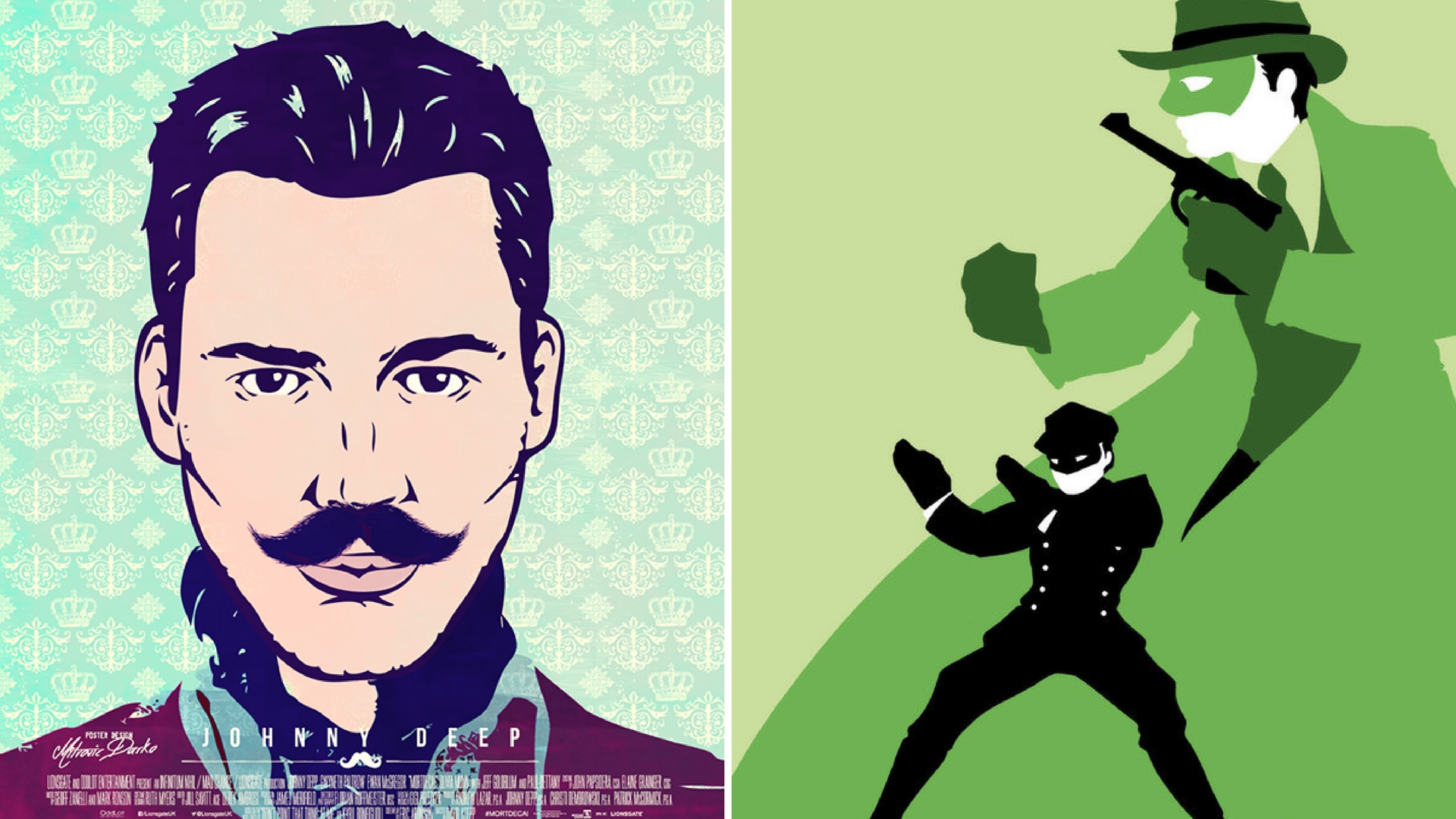
The rise of independent podcasting, explained by someone who lived it.
My podcasting story is similar to most, in the sense that it is mostly…unique. A lot of people start different podcasts of various shapes and sizes, usually with similar goals in mind. But they’re all working within the same ecosystem of a burgeoning, on-demand streaming platform that has taken over traditional radio in the last decade.
These days, everyone seems to have a podcast, or they at least want to start one. Celebrities have podcasts. Corporations have podcasts. Even characters from fictional movies have podcasts.
Recently, The New York Times did an entire story on whether or not we’ve reached “Peak Podcast,” whatever that means:
Like the blogs of yore, podcasts — with their combination of sleek high tech and cozy, retro low — are today’s de rigueur medium, seemingly adopted by every entrepreneur, freelancer, self-proclaimed marketing guru and even corporation. (Who doesn’t want branded content by Home Depot and Goldman Sachs piped into their ears on the morning commute?) There are now upward of 700,000 podcasts, according to the podcast production and hosting service Blubrry, with between 2,000 and 3,000 new shows launching each month.
For context, there were approximately 270,000 podcasts available just four years ago. In short time, podcasting has developed into a mainstream pastime, and one that is still seeing new adoption overseas. How did this happen, and so quickly?
The answer depends on the type of podcast you’re curious about. I can’t speak much about podcasts owned by corporations, or shows that exist on major networks. Their machinations are removed from my own experience. But I can speak to the phenomenon of seemingly ordinary people gathering around a microphone and reaching an audience far larger than they anticipated.
In other words, I can probably best explain the rise of podcasting by sharing my own story with the medium, and how it’s changed and grown over the years. Six years, to be exact.






